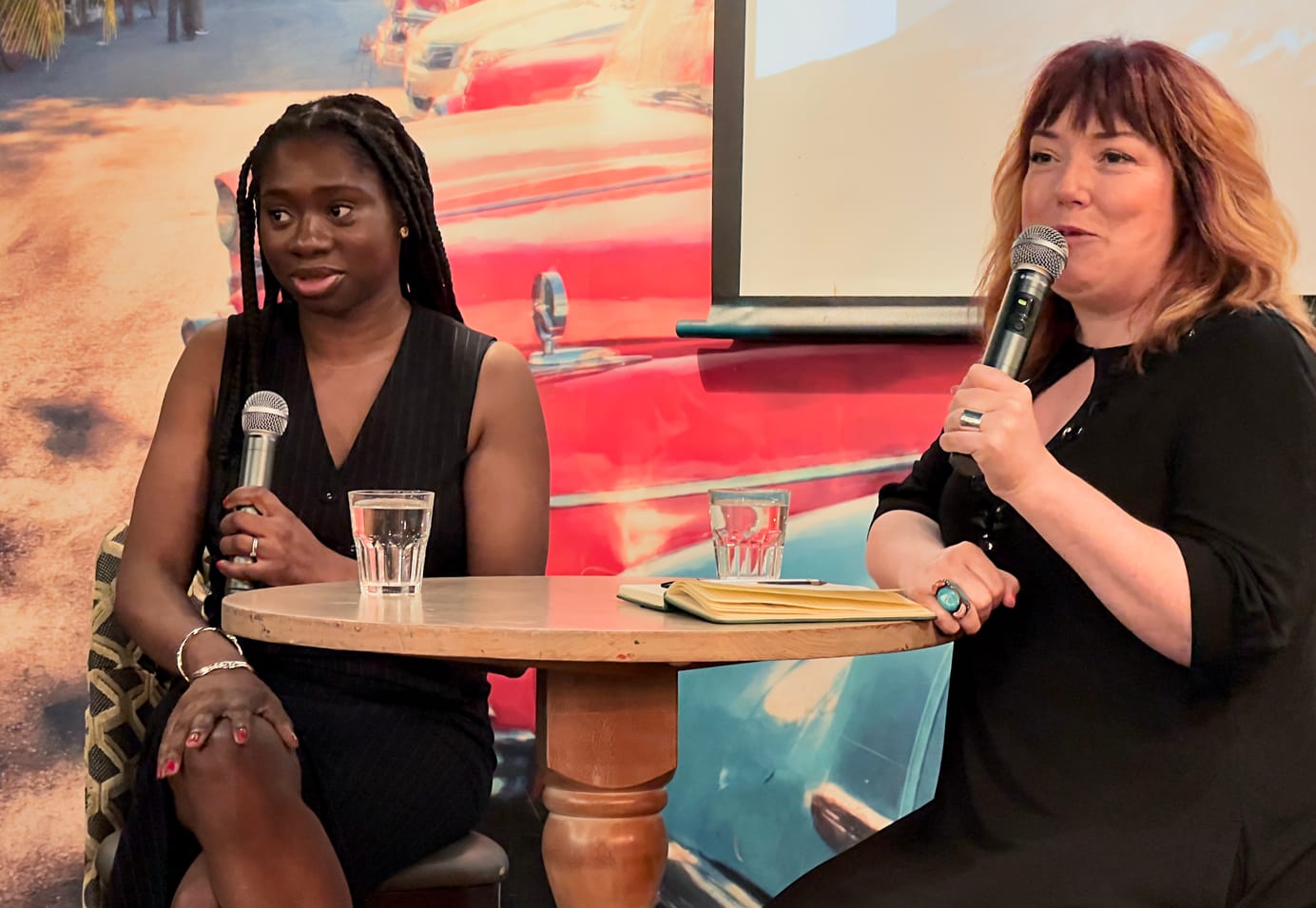31-3.4 The Best Practice Delusion
I’ve been reading – and throughly enjoying – Leander Kahney’s book about Jony Ive. Ive himself remains somewhat elusive in the story, but his work leaps out, and in the end, that’s what matters. The stuff about his childhood and early entry into design is interesting, but the story really accelerates once he joins Apple and then, critically, Steve Jobs comes back into the company. Then the tale really becomes compelling, because you start to see more insight into what Jobs actually did with the company when he came back than even the official Jobs biography really showed you.
This is what it comes down to: Jobs remakes the company. He turns Apple into a completely different beast. It’s not a company driven by engineering, like most tech firms, nor by marketing, which critics accuse it of, but by the Industrial Design department, who actually lead the development of the company. Everything is then structured around taking the designs that emerge from Ive’s team, making them work as pieces of technology, and making them profitable as products on the shelves.
What’s fascinating is the degree to which the people around Jobs manage him, how they manipulate him into signing off on the ideas and designs that they want to see succeed. Jobs is predictable enough in his reactions, that winning his sign-off was almost a game. His famous taste-making is actually well distributed through the company, giving me more hope for the future of post-Jobs Apple than I expected.
There’s no such thing as best practice
The two key players in the transformation remain Jobs and Ive – neither of whom had a formal background in business in any sense, yet they built one of the powerhouse companies in the world. What I find compelling in this is their combination of utter comfort with lifting the best ideas from wherever they kind find them – the Apple design process is actually lifted from the way satellite or aviation companies work – but complete disregard for the shibboleth of “best practice”. It’s a company that’s confident in its own mission and quite prepared to go to the lengths needed to make that vision come true. It’s decision making is swift, and centred. It’s the execution from that vision that takes all the time and energy.
This feels like a good model for a company in a time of change. When the world shifts around you fast, sitting back and using endless committees to make decisions just makes things too slow.Equally, sitting around and waiting for “best practice” to emerge, or seeking “best of breed” solutions is just management jargon concealing the fact that you have either no idea what to do or no confidence in your own judgement, and then have to wait for someone else to show you the way. And that means praying that you can execute faster and more efficiently than someone with the smarts to come up with the idea you’re copying, and a head start on you.
Everything that makes businesses strong in times of incremental change makes them vulnerable in times of rapid disruption.
Playing the mug’s game
It’s a mug’s game trying to figure out what you should do, based on what Apple has done. Even Jobs himself advised his successor not to waste any time wondering about what he would have done. But this tale of a bunch of people without any of the traditional business qualifications taking a company being run into the group by people with those qualifications and making it fly does tell you a lot about accepted business wisdom.
And once you see this pattern, you can’t stop seeing it. The internet is full of people wanting to learn how to do social media by reading a list of the top 10 ways to use service x for purpose y. And it’s horseshit. It’s trite nonsense fed by the cynical to those lacking in confidence. One company’s, one customer base’s answers are not another’s. If you really want to stand out, be a magpie mind, and mix the best bits that you steal from others with the best bits of creation from your own brain, and forge something new.
Anything else just makes you a pale imitation of someone else.
Like I said, bloody good book.
Amazon: Jony Ive: The Genius Behind Apple’s Greatest Products
iBooks: Jony Ive: The Genius Behind Apple’s Greatest Products
This is the fourth in a series of one-a-day substantive posts I’m going to try to write through March.
Sign up for e-mail updates
Join the newsletter to receive the latest posts in your inbox.











